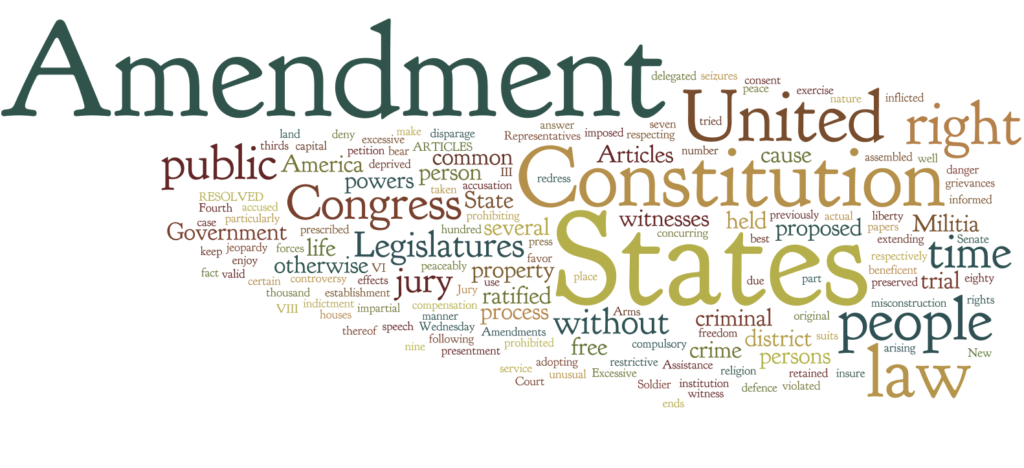by Dr. Alkmene Fotiadou
How often does one find answers to questions that lurked at the back of one’s mind? New scholarship has emerged addressing such questions and, most importantly, articulating more questions that, if answered, have much to offer to the manner in which constitutional change is approached.
Prof. Richard Albert has recently posted two new articles on SSRN: “Constitutional Amendment by Constitutional Desuetude” (http://ssrn.com/abstract=2461509) and “The Structure of Constitutional Amendment Rules” (http://ssrn.com/abstract=2461507) that are a must read for anyone who strives to make sense of the complex ways formal and informal constitutional change occurs.
Constitutional desuetude is defined as what “occurs when a constitutional provision loses its binding force upon political actors as a result of its conscious sustained nonuse and public repudiation by political actors”.1 Distinct from dormant constitutional provisions, desuetude renders constitutional provisions politically invalid. Constitutional desuetude is a form of informal amendment and Albert elaborates on criteria that may allow the detection of provisions infected by desuetude.
Understanding the concept may set out distinct challenges for readers with different background: the temporal character may be perceived differently by scholars accustomed to flexible constitutions in legal orders where the constitution in place is quite recent and by those who are accustomed to dealing with an aged document. Constitutional conventions also come into play: for some they are a normality, while for others a rare or obsolete phenomenon. Still, it is challenging to set up a game following Albert’s guidance and pin down examples of constitutional desuetude in one’ s own constitutional text. Results may be quite surprising, and the game itself may lead to historical and cultural introspection.
As fascinating the analysis of informal constitutional amendment may be, formal amendment rules matter. Amendment formulas explicitly and implicitly impact the whole document by setting out how it is intended to change. Furthermore, amendment formulas interact with constitutional culture, are shaped by it while in turn exerting an immense influence on it.2 The impressive variety of amendment formulas, where procedural and material limits are mixed in multiple combinations, is characteristic of the endless search for the ideal blend. Albert elaborates a classification of formal amendment rules “structured in three tiers: (1) foundations, which either entrench or are silent on the distinction between constitutional amendment and revision; (2) frameworks, consisting of one of six combinations of comprehensive, restricted or exceptional single-track or multi-track procedures; and (3) specifications, which supplement amendment foundations and frameworks with voting thresholds, quorum requirements, subject- matter restrictions, temporal requirements, electoral preconditions and defense mechanisms.”3
Predicting how constitutional amendment rules shall work in practice and whether they shall produce unintended consequences is not an easy task.4 Nonetheless, constitutional designers may be better off if they rely on a better understanding of the mechanisms of formal change they seek to entrench and try to match each option with its working environment.
1. R. Albert, , Constitutional Amendment by Constitutional Desuetude (March 1, 2014). American Journal of Comparative Law, Vol. 62, 2014, Forthcoming. Available at SSRN: http://ssrn.com/abstract=2461509
2. See X. Contiades and A. Fotiadou, “Models of constitutional Change”, in X. Contiades (ed.), Engineering Constitutional Change. A Comparative Perspective on Europe, Canada and the USA (Routledge 2013) 431- 440.
3. R. Albert, The Structure of Constitutional Amendment Rules (March 1, 2014). Wake Forest Law Review, Vol. 49, 2014, Forthcoming. Available at SSRN: http://ssrn.com/abstract=2461507
4. On the unintended consequences of formal amendment rules see X. Contiades and A. Fotiadou, “Models of constitutional Change” op. cit., 433-435.
